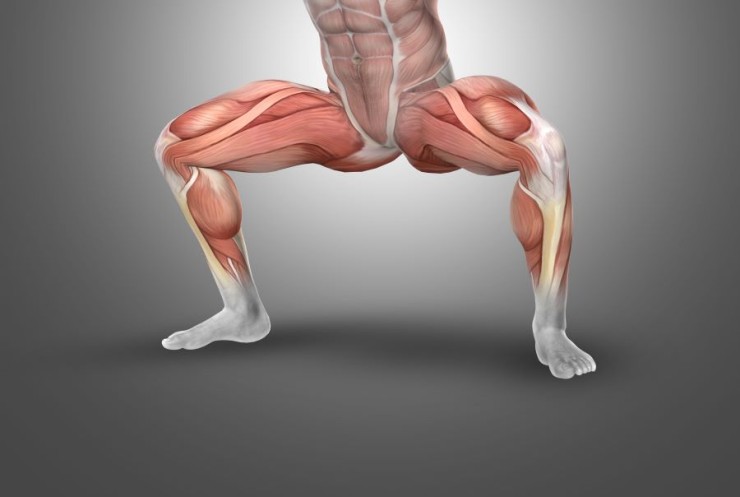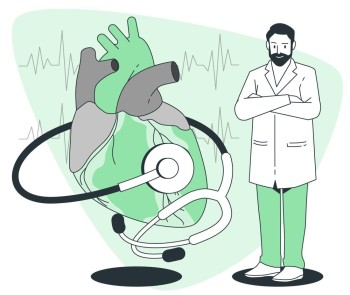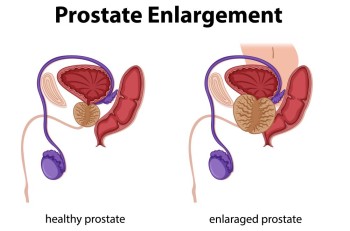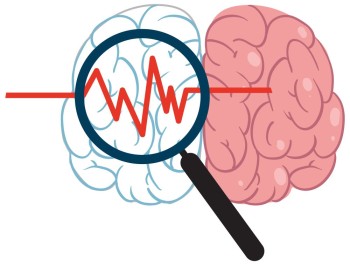
An MRI of the thigh is a specialized imaging procedure designed to provide detailed insights into the soft tissues of the thigh region, including muscles, tendons, ligaments, and blood vessels.
MRI Scan Thigh with Cost
MRI of the Thigh: Navigating the Intricacies of Soft Tissue Imaging
1. Introduction:
An MRI of the thigh is a specialized imaging procedure designed to provide detailed insights into the soft tissues of the thigh region, including muscles, tendons, ligaments, and blood vessels.
2. Purpose of the MRI Thigh Scan:
The primary purpose is to diagnose and assess a variety of conditions, such as muscle and tendon injuries, ligament tears, tumors, and vascular abnormalities affecting the thigh.
3. Patient Preparation:
Patients are typically required to wear comfortable clothing, and metallic objects should be removed. It's crucial to inform the healthcare team about any medical conditions, allergies, or pregnancy.
4. Imaging Process:
Patient Positioning: During the scan, patients lie on the MRI table, and the thigh area is positioned within the scanner.
Contrast Agent: In some cases, a contrast agent may be administered intravenously to enhance visibility of specific structures.
5. Duration of the Scan:
The typical duration of an MRI thigh scan ranges from 30 to 60 minutes. Patient cooperation and remaining still are essential for optimal image quality.
6. Advantages Over Other Imaging Techniques:
Soft Tissue Detail: MRI excels in providing high-resolution images of soft tissues, allowing for a thorough assessment of muscles, tendons, and ligaments.
Non-Invasive Nature: MRI does not involve ionizing radiation, making it a safe option for repeated examinations.
7. Conditions Diagnosed with MRI Thigh Scan:
Muscle and Tendon Injuries: Identification and characterization of injuries, strains, or tears.
Ligament Tears: Assessment of ligaments, crucial for diagnosing conditions like anterior cruciate ligament (ACL) tears.
Vascular Abnormalities: Detection of vascular issues affecting the thigh.
8. Patient Experience:
The procedure is generally painless, with only minimal discomfort related to the need for immobility during the scan.
Open MRI options may be available for individuals with claustrophobia.
9. Interpreting Results:
Results are interpreted by a skilled radiologist who provides detailed insights into the condition of the thigh's soft tissues.
Consultation with a healthcare provider follows to discuss findings and plan appropriate treatment.
10. Post-Scan Considerations:
Patients can resume normal activities immediately after the MRI thigh scan, as there is no recovery time required.
11. Conclusion:
An MRI of the thigh serves as a valuable diagnostic tool, offering a detailed view into the intricate structures of the soft tissues. From injuries to abnormalities, this procedure plays a crucial role in assessing and managing various thigh-related conditions.
12. Future Trends:
Ongoing advancements in MRI technology continue to enhance the clarity and specificity of thigh imaging, ensuring more accurate diagnoses and treatment planning.
In conclusion, the MRI of the thigh is a vital procedure that provides crucial information for the assessment and treatment of soft tissue conditions affecting this important anatomical region.
FAQs (Frequently Asked Questions) about Thigh MRI
Q1: What is the purpose of an MRI of the Thigh?
A1: An MRI of the Thigh is conducted to provide detailed imaging of the soft tissues in the thigh region, including muscles, tendons, ligaments, and blood vessels. It is primarily used to diagnose conditions such as muscle injuries, ligament tears, tumors, and vascular abnormalities affecting the thigh.
Q2: How should I prepare for an MRI of the Thigh?
A2: Patients are typically required to wear comfortable clothing, and metallic objects should be removed. Informing the healthcare team about any medical conditions, allergies, or pregnancy is crucial. Fasting is generally not required.
Q3: How long does an MRI of the Thigh take, and what can I expect during the procedure?
A3: The duration of the scan is typically 30 to 60 minutes. Patients lie on the MRI table, and the thigh area is positioned within the scanner. It's essential to remain still for optimal image quality. The procedure is generally painless, with minimal discomfort.
Q4: Are there any advantages of an MRI of the Thigh over other imaging techniques?
A4: Yes, MRI provides high-resolution images of soft tissues, allowing for a thorough assessment of muscles, tendons, and ligaments. Importantly, it is a non-invasive procedure and does not involve ionizing radiation.
Q5: What conditions can an MRI of the Thigh diagnose?
A5: This MRI scan can diagnose various conditions, including muscle and tendon injuries, ligament tears (such as ACL tears), and vascular abnormalities affecting the thigh.
Q6: Is there any discomfort associated with an MRI of the Thigh?
A6: The procedure is generally painless. Patients may experience minimal discomfort due to the need for immobility during the scan. Open MRI options are available for individuals with claustrophobia.
Q7: How soon can I resume normal activities after an MRI of the Thigh?
A7: Patients can typically resume normal activities immediately after the scan, as there is no recovery time required.
Q8: How are the results of an MRI of the Thigh interpreted?
A8: Results are interpreted by a skilled radiologist who provides detailed insights into the condition of the thigh's soft tissues. A consultation with a healthcare provider follows to discuss findings and plan appropriate treatment.
(0)
Login to continue



